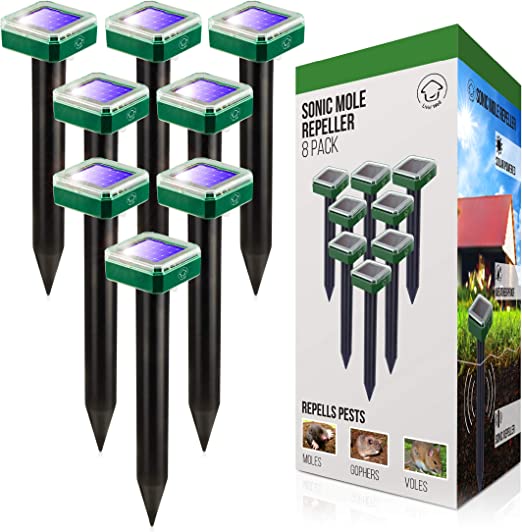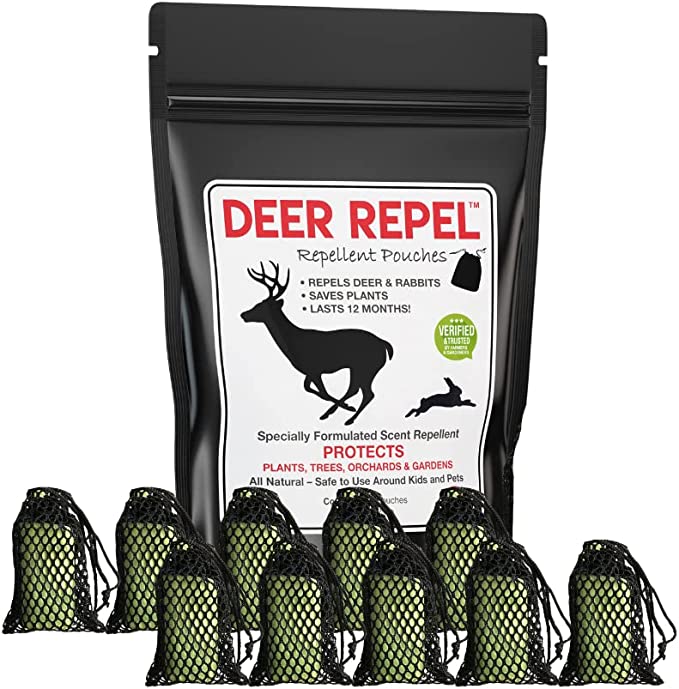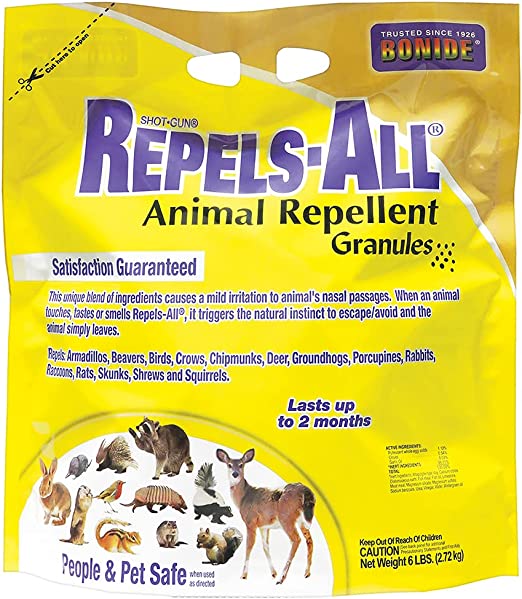This genius trick for keeping animals out of your garden beds is going viral online – it's an inexpensive way to protect plants
We asked experts whether the easy, inexpensive trick that DIY gardeners are recommending will actually deter animals from your flower beds


Gardeners have few enemies in this world - unless, of course, you're counting pests. Sluhgs, rabbits, squirrels, raccoons, even deer - all can cause very real problems for keen planters as they feed on shrubs, vegetables, and saplings. Fortunately for us, though, TikTok claims to have a cheap and easy remedy.
If you have a garden, you probably know just how easy it is for animals to devastate your much-loved plants in next to no time. We know we can often count on social media to help us with a gardening trick or two, but this latest viral hack had us a little confused at first. Why? Because it claims an unlikely picnic item is the answer to your woes - disposable plastic forks.
So what does the trick involve, and does it actually work? To save you a job, we asked experts whether this easy, inexpensive hack really could be the answer to a pest-free modern garden. Here's what they had to say.
What is the plastic fork hack for gardening

Pitting plastic forks against pests isn't an easy contest to picture. Slugs and snails, maybe, but how do forks meet their match with a deer, for example? If you're full of questions, you're not alone.
Essentially, the plastic fork hack involves inserting plastic forks into the soil, prongs upwards, to keep animals at bay from your backyard. 'The fork prongs irritate critters and establish an environment they prefer to avoid,' explains Diana Cox, gardening expert at The Gardening Talk. 'The technique functions as a physical barrier, rendering the ground uncomfortable for pests to traverse.'
Do plastic forks really deter pests?

Now you have a clearer picture in your head - albeit a slightly odd one that resembles a plastic fork vegetable garden - the real question is, does it work?
Richa Kedia, expert gardener and blogger at the Nursery Lady, says plastic forks are a more effective pest deterrent than you might think. 'When you insert the plastic forks into the soil around your plants with the tines facing up, the pests will have to crawl over the fork tines to get to your plants,' she explains. 'This can be challenging as the tines will be uncomfortable and may even cause injury.' As a result, those pesky plant eaters will be deterred from your garden.
The Livingetc newsletters are your inside source for what’s shaping interiors now - and what’s next. Discover trend forecasts, smart style ideas, and curated shopping inspiration that brings design to life. Subscribe today and stay ahead of the curve.
'In addition to providing a physical barrier, the plastic forks can also help to deter pests by reflecting light,' Richa adds. 'Many pests are attracted to plants by the reflection of light on their leaves, but when the plastic forks are inserted into the soil around your plants they can reflect light in a way that makes them less attractive to pests.' As a tip, she also suggests using the forks to label your plants by writing on the fork's handle while you're at it.
All that being said, relying on plastic forks alone as a pest repellent might not be the best idea since their effectiveness can vary depending on the type of pests you're dealing with. 'The plastic fork hack is great at deterring pests like raccoons, caterpillars, and beetles, however, it won't be as effective against smaller pests like aphids or mites,' Richa notes. As Diana adds: 'They're not a sustainable solution used alone and should be employed alongside other organic pest control methods.'
There's also the added downside that a sea of plastic forks in your flowerbeds is far from a pretty sight. If you're looking for a less unattractive way to keep pests at bay, check out these alternative options.
3 alternative organic pest repellents

Defend your yard with these pest and rodent repellent stakes, great for keeping moles, voles and gophers at bay. Each electronic pest repeller vibrates and emits sound for 2 seconds every 30 seconds to repel pests all day and nigh, offering up to 10,500 feet of protection.

Keep deer and rabbits at bay with these effective repellent pouches. Made of all-natural ingredients, this long-lasting formula provides reliable protection for your plants, flowers, trees, and veggies. Simply hang or stake them near plants to create a reliable perimeter against unwanted pests.

These natural granules are a great way to repel a wide variety of pests in your yard. Natural active ingredients produce a smell that acts as a natural irritant, causing critters like squirrels, deer, rabbits, chipmunks, and mice to avoid your plot. The biodegradable ingredients won't harm your garden either!

Lilith Hudson is a freelance writer and regular contributor to Livingetc. She holds an MA in Magazine Journalism from City, University of London, and has written for various titles including Homes & Gardens, House Beautiful, Advnture, the Saturday Times Magazine, Evening Standard, DJ Mag, Metro, and The Simple Things Magazine.
Prior to going freelance, Lilith was the News and Trends Editor at Livingetc. It was a role that helped her develop a keen eye for spotting all the latest micro-trends, interior hacks, and viral decor must-haves you need in your home. With a constant ear to the ground on the design scene, she's ahead of the curve when it comes to the latest color that's sweeping interiors or the hot new style to decorate our homes.